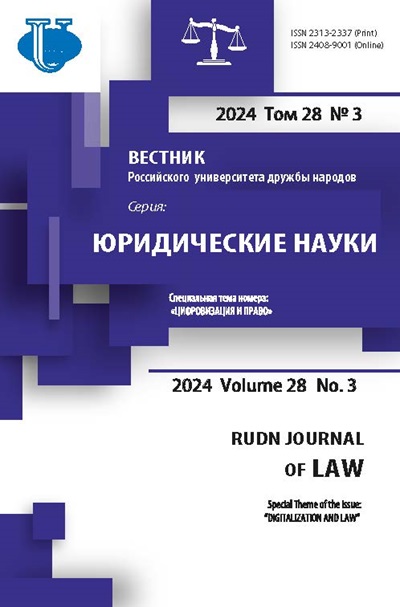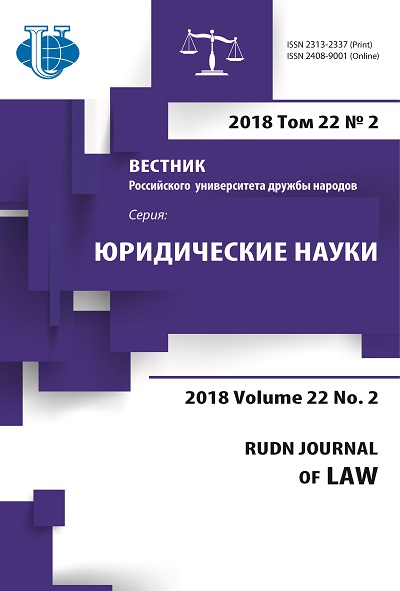Исследование советской и постсоветской государственности как единого исторического процесса. О книге: М.Н. Марченко «Советское и постсоветское государство и право (сравнительно-правовое исследование)» (Москва: Проспект, 2017 г.)
- Авторы: Экимов А.И.1
-
Учреждения:
- Российский университет дружбы народов
- Выпуск: Том 22, № 2 (2018)
- Страницы: 307-313
- Раздел: РЕЦЕНЗИИ НА НАУЧНЫЕ ПУБЛИКАЦИИ
- URL: https://journals.rudn.ru/law/article/view/20357
- DOI: https://doi.org/10.22363/2313-2337-2018-22-2-307-313
Цитировать
Полный текст
Аннотация
В новой книге известного российского юриста, профессора М.Н. Марченко дается масштабный анализ советского и постсоветского периодов развития отечественной государственности. Советское прошлое обычно о рассматривают и как эпоху величайших достижений нашего народа, и как время чудовищных преступлений против него. Не стал идеальным и постсоветский период. Автор использует методологию исследования, которая исключает конъюнктурность в анализе советской и постсоветской государственности, когда одни этапы в развитии нашей страны представляются только злом, а другие, напротив восхваляются без всякой меры. Попытки подвергать уничтожающей критике тот или иной период в развитии нашего государства и права он считает контрпродуктивными. Используя сравнительный метод исследования, соединенный с диалектическим и историческим подходами, ученый приходит к важному для нашей юридической науки выводу, что советская и постсоветская государственность - это не разнородные, а однородные феномены. Общее между ними, подчеркивается в книге, преобладает по отношению к особенному, составляет национальную «корневую основу», фундамент советского и постсоветского государства. Это предопределено тем, что они возникли на базе одного и того же национального и культурного социума - российского общества и в исторических рамках одного и того же, в конечном счете, российского государства. Проходя в своей истории кардинально различающиеся между собой этапы развития, российское государство никогда не перестает быть по своей изначальной природе, культуре народа, историческим традициям и народным обычаям именно российским, а не каким-либо иным государством. В каждом возникшем на базе российского общества типе государства генетически заложены общеродовые признаки и черты, свойственные именно российскому государству как явлению в целом. Излагая эти позиции, автор считает, что можно и должно говорить о преемственности между советским и постсоветским государством. Всестороннее обоснование идеи преемственности между явлениями, которые еще недавно многими в нашей науке считались взаимоисключающими, - несомненная заслуга ученого.
Об авторах
Анисим Иванович Экимов
Российский университет дружбы народов
Автор, ответственный за переписку.
Email: rospravo@mail.ru
Заслуженный юрист РФ, Почетный работник высшего профессионального образования РФ, доктор юридических наук, профессор, кафедра теории государства и права, юридический институт
117198, Москва, Россия, ул. Миклухо-Маклая, 6Список литературы
















